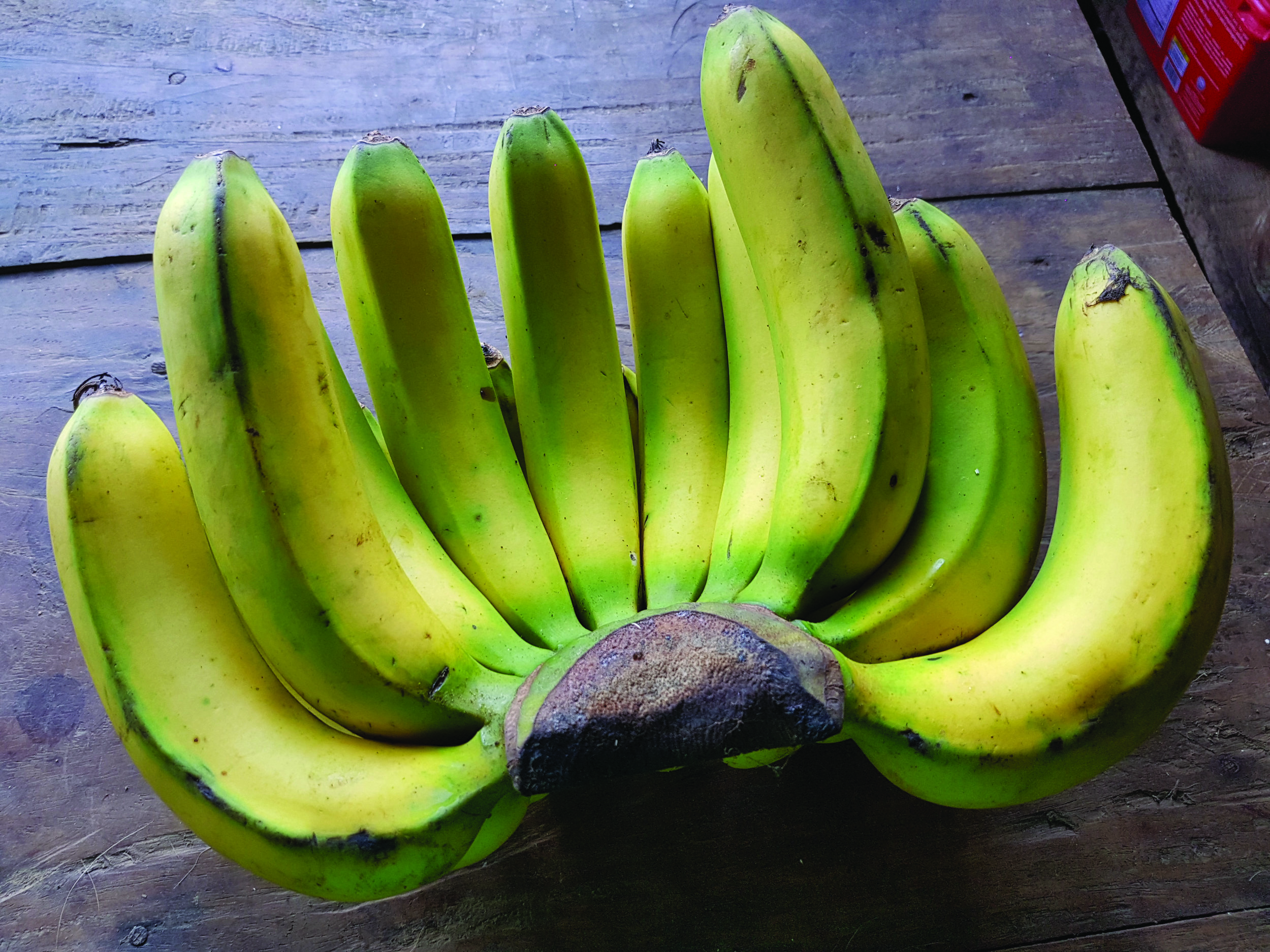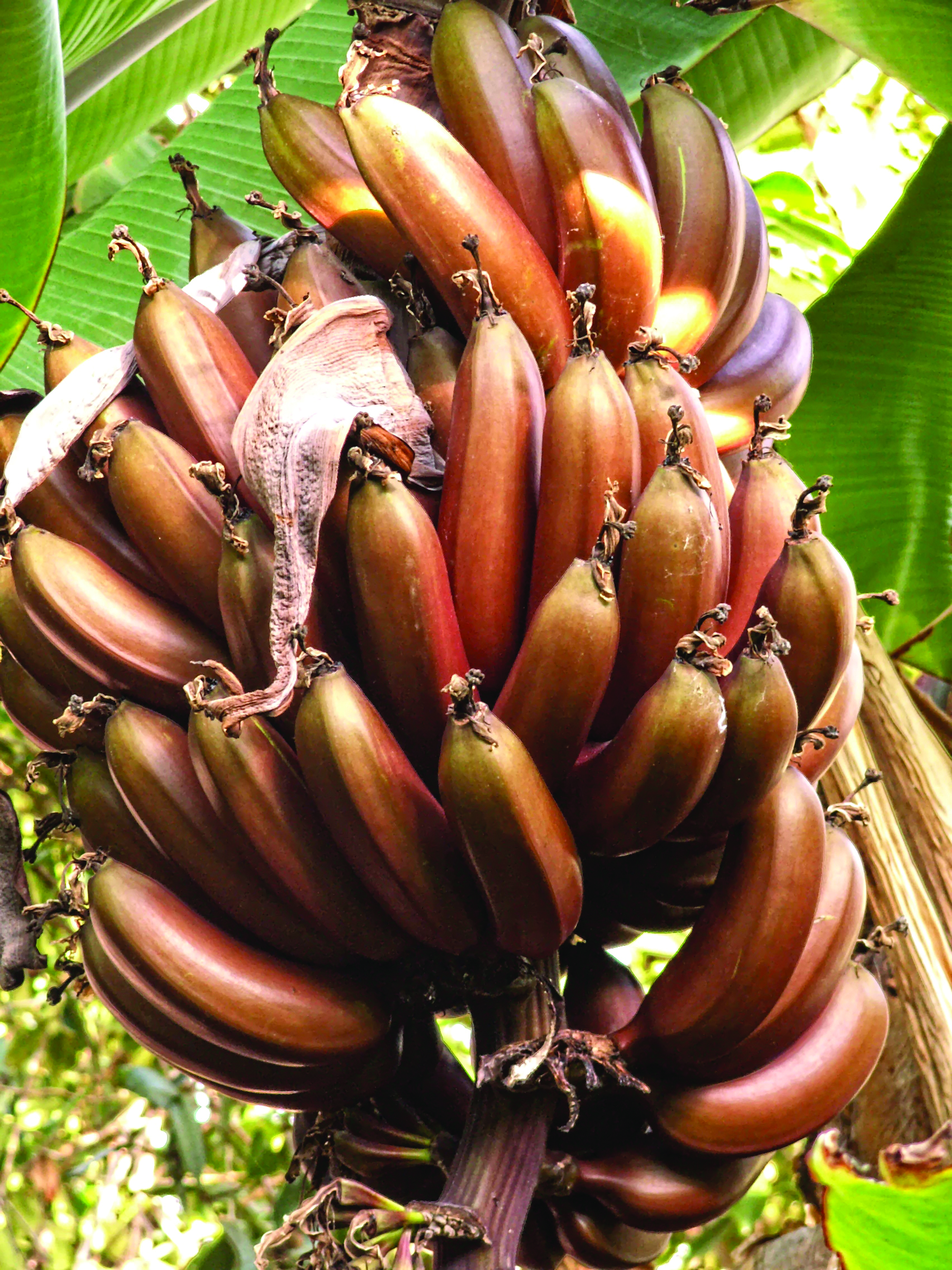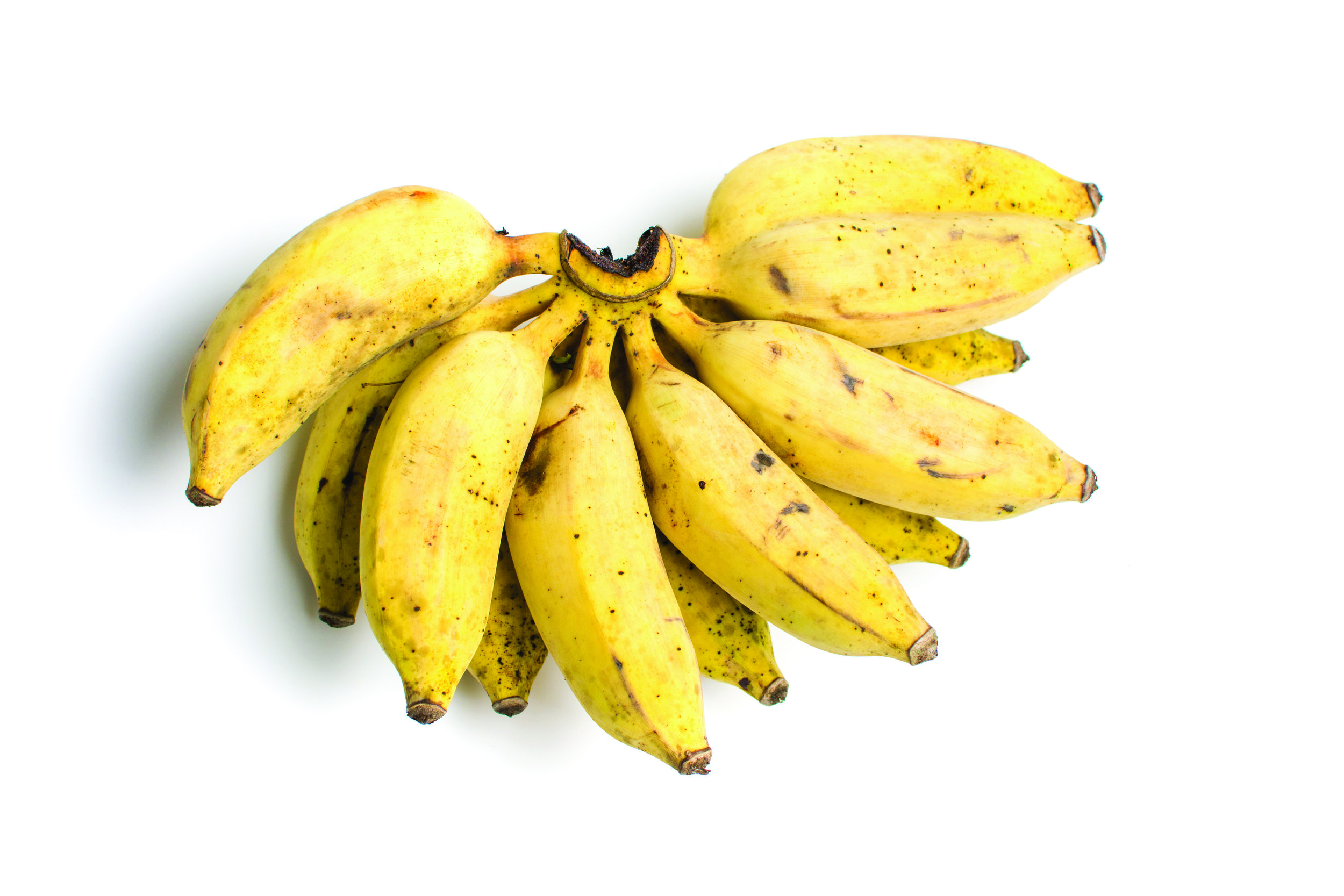A Race to Save the Banana
Banana Killer: Fusarium oxysporum, the fungus that causes Panama Disease
The Cavendish banana represents 99% of global banana exports and nearly half of all cultivated bananas. It’s your everyday banana and it’s under attack from menacing disease.
Today, the world banana market is mostly dominated by the Cavendish, but that wasn’t always the case. From about the 1830s to the 1960s, another banana cultivar ruled the world, and its name was the Gros Michel, affectionately called “Big Mike.”
Grown in Central America and exported to Europe and North America, Big Mike was the de facto banana for over 100 years. But in the 1950s, nearly all of them were wiped out by a fungus borne disease called Panama Disease.
The banana industry scrambled in the 1950s and 1960s to replace the losses from the Gros Michel with another cultivar, the Cavendish. Less tasty than the Gros Michel, but more resistant to Panama Disease, the Cavendish quickly replaced Big Mike as the dominant banana being grown in Central and South America for export.
But in the 1990s, a new strain of fungus appeared in Taiwan that began destroying the Cavendish all over South East Asia and northern Australia. The Cavendish has also been ravaged by another fungus driven disease called Black Sigatoka.
Now, it’s only a matter of time before these fungi hit Central and South America in a big way, so the race is on to find a way to protect the world’s most popular banana before these diseases can again wreak havoc on this crop.
Fighting Disease With Genetic Diversity
Genetic diversity is critical to prevent disasters like the decimation of the Gros Michel from happening in the future.
Today, researchers are feverishly working on various solutions to breed, gene edit, and discover new banana varieties that are immune to the fungal diseases that put the banana supply at risk.
In one instance, genes found in sweet peppers have been inserted into the banana because of their ability to attack diseases. These pepper genes enable the plant to destroy infected cells and leave behind scar tissue that protect from further infection and prevent the disease from spreading.
We should also question the merits of putting so much of our banana supply into just one species. Building a stronger story and supply chain for a wider range of cultivars can help create demand for more bananas.
There are over 1,000 different bananas out there, and tapping into more of these can not only spread risk across many different species, each with their own resistance to certain diseases, but create a more interesting eating experience for consumers everywhere. It’s a win-win situation that enables eaters to discover new flavors and our food supply to gain more resilience.
Over 1,000 Varieties
The Biodiversity of Bananas
There’s more to bananas than the Cavendish. Here are just a few of the over 1,000 cultivars that can delight with their unique flavors, while supporting a more biodiverse banana supply.
The Lakatan
The most popular banana in the Philippines, with good amounts of beta-carotene, which gives the flesh a yellow-orange color.
The Blue Java Banana
Eaten fresh or cooked, known for its fragrant, vanilla custard-like taste that goes well with ice cream.
The Apple Banana
Stout and plump with a light, creamy flesh. When young, they taste tangy with notes of apples. When ripe, they become tropical with hints of pineapple and strawberry.
The Giant Rhino Horn
The longest bananas in the world, can reach up to 2 feet long. Great raw or cooked. Popular as an ornamental plant.
The Goldfinger
Some say this banana is the best candidate to replace the Cavendish. Has superior pest and disease resistance, especially to Panama Disease.








